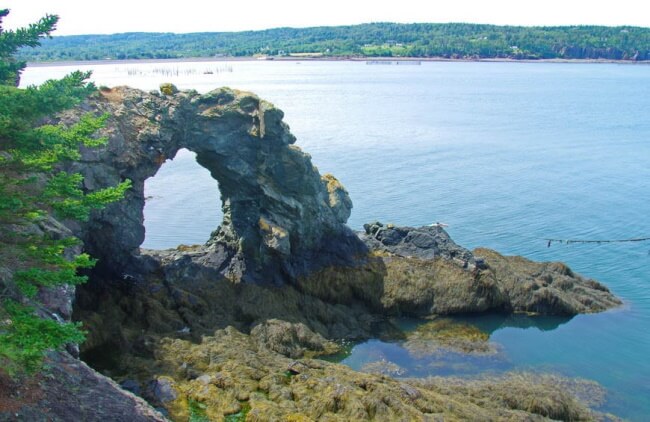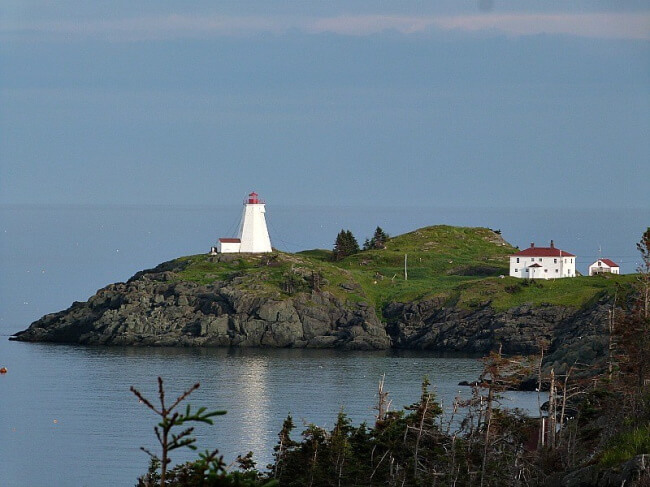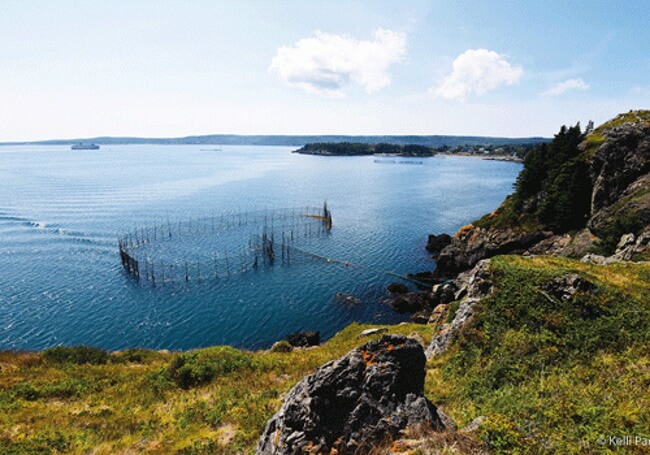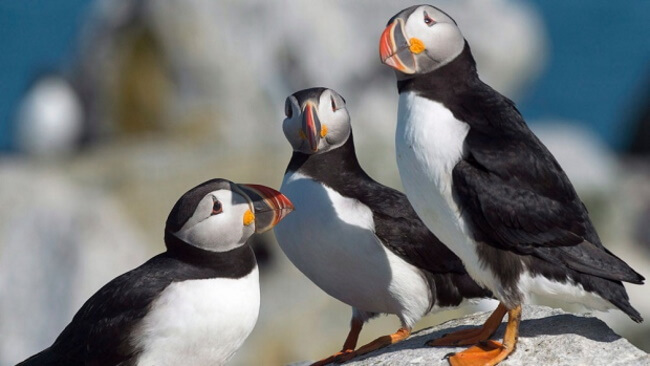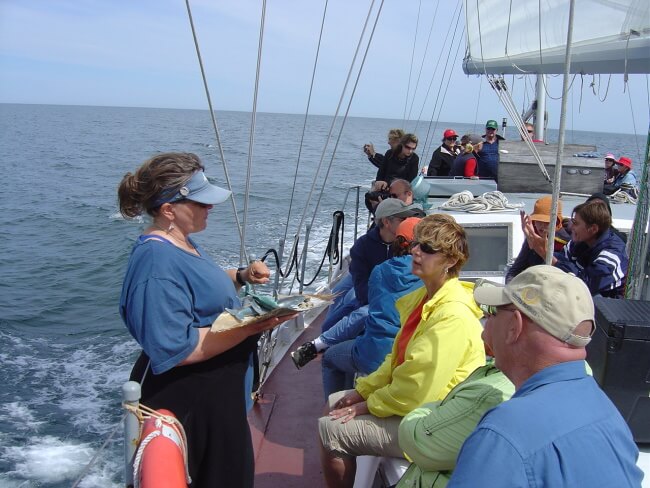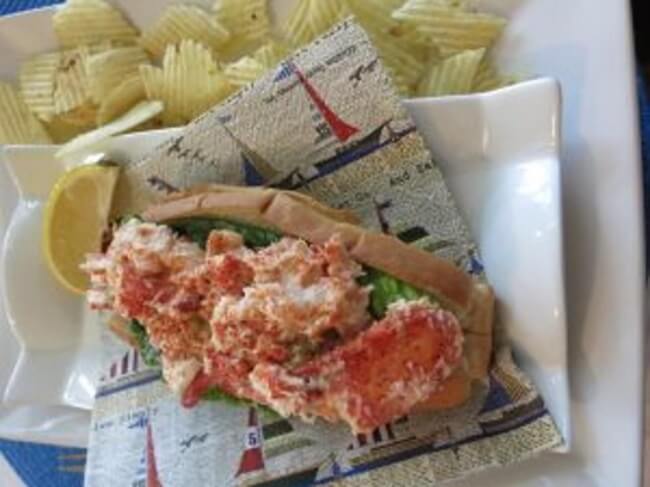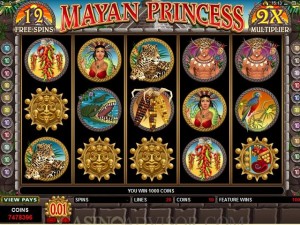Canada has some coolest and spectacular landscapes, but one of the most underrated islands in this land is Grand Manan. This landmass rests off the Atlantic coast between Canada’s Bay of Fundy and the Gulf of Maine.
Grand Manan appears to be a world away. It is just an hour-and-a-half ferry ride from mainland New Brunswick.
Here are the things you could see in Grand Manan, one of Canada’s coolest islands.
1. Watch Picture-perfect Lighthouse
Swallowtail Lighthouse on Grand Manan is something that appears to be out of the world. Built in 1860, before confederation, this is the first lighthouse on the island. It’s one of the most photographed lighthouses in the province.
2. The largest island in the Bay of Fundy
While Grand Manan is not a popular territory for many Canadians, it is one of the largest islands in the Bay of Fundy. This specialty makes it an ideal holiday destination with quaint accommodations, beachcombing for days, eateries, museums, and art galleries. The best thing you’d get here is much-needed peace.
3. Home to more than 300 species of birds
If you’re a bird lover, birdwatching opportunities on Grand Manan will surely entice you. You can see nearly 300 different species of birds which makes it one of the most diverse locations for bird watching in all of Atlantic Canada. It also has a bird sanctuary stretched across 600 acres and was started by the Government of Canada to protect the animals.
4. Endless water activities
From fishing to kayaking to paddleboarding to swimming! You get everything on Grand Manan. If you’re not keen on getting wet, better to find an Adirondack chair to curl up in and watch the ocean from the shoreline.
5. Unique and adorable accommodations
You will find here a variety of accommodations. From quaint cottages to heritage homes, Grand Manan offers unique places to rest your head after a day of exploring.
6. Relishing fresh seafood
In the 1700s, fishing was the major industry on the island, and locally-sourced smoked herring was being shipped all over the world to Europe, the Caribbean and beyond. Although today, tourism is one of the leading industries for the natives, visitors can taste some of the freshest seafood on this island, thanks to the local seamen who head out to the waters daily.

